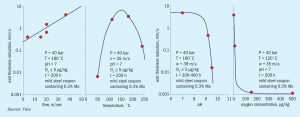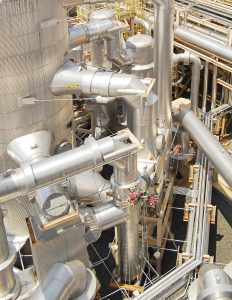
Sulphuric acid leak at Aqaba
At least 43 people were injured after sulphuric acid fumes leaked from a chemical storage at the port of Aqaba in October, according to local press reports. Two of the injured were admitted to intensive care and another six were held in hospital. The remaining cases were described as mild and were treated either on-site or in nearby hospitals. Jordan’s Public Security Directorate (PSD) said emergency teams from the Aqaba Civil Defence Department, supported by the Aqaba Support Group, responded immediately to reports of a sulphuric acid vapour leak which created a fume cloud roughly 400 square metres in size. The operating company’s technical team managed to stop the leak before specialised hazardous materials units from the Civil Defence took over, implementing safety procedures in line with approved protocols. Investigations are under way to determine the cause of the leak, in coordination with the Public Security Directorate and other relevant agencies. Three years ago a sulphuric acid leak from a storage tank at Aqaba killed 13 and injured several hundred people.



